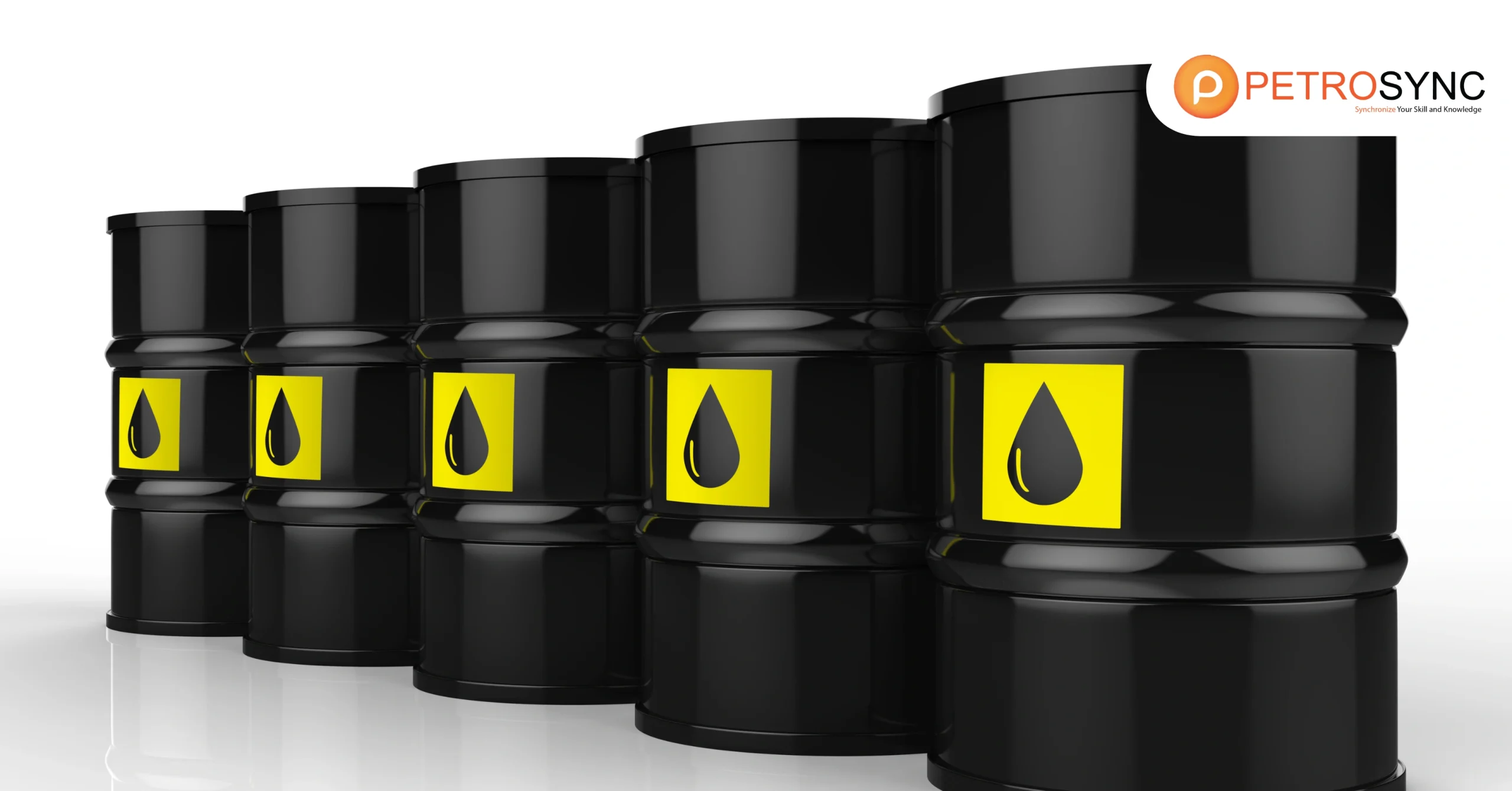Crude oil remains one of the most significant commodities in global trade, and Brent Crude is one of its most closely watched benchmarks. The fluctuations in crude oil price often have widespread economic impacts, from transportation costs to energy prices. Understanding crude oil brent and its market trends can help investors, businesses, and even consumers gain insight into the forces that drive oil prices.
In this post, we’ll delve into the definition of crude oil, the origins of Brent Crude, its uses, and why it plays such a pivotal role in global oil markets. We’ll also explore its price updates and examine some of the key factors influencing the pricing trends, from geopolitical events to the impact of alternative energy sources.
What is Crude Oil Brent?

Oil companies extract Brent Crude from the North Sea, which lies between the United Kingdom and Norway. Traders and analysts use it as one of the two major benchmarks for global oil pricing, along with West Texas Intermediate (WTI). Its light and sweet characteristics make it easier for refineries to convert into gasoline and diesel.
This makes it a preferred choice for many refineries around the world. In simple terms, what is crude oil? It is a natural fossil fuels found beneath the Earth’s surface, primarily composed of hydrocarbons. These hydrocarbons are extracted and refined into various products such as crude oil gasoline, jet fuel, and heating oil.
The definition of crude oil refers to this unrefined petroleum in its raw form, and when it’s referred to as “Brent”, it signifies the particular grade that serves as a major global oil price benchmark. Understanding crude oil futures trading is essential for predicting how crude oil brent prices will move, as global economic trends, supply and demand, and geopolitical tensions often affect market fluctuations.
Brent Crude’s global importance can be attributed to its influence on international markets. It sets the foundation for most oil pricing worldwide, impacting countries, industries, and energy consumers. The market behavior of crude oil brent is a reflection of global economic health and energy policy shifts, making it a key indicator to track for understanding international economic conditions.
Where does Brent Crude Come From?
Brent Crude originates from a group of oil fields located in the North Sea, which were first discovered in the 1970s. The Brent Group, a geological formation that holds the reserves, gives its name to these fields. Several zones, such as the Brent Delta and the Brent Charlie, actively contribute to the extraction of Brent crude oil.
The North Sea has historically been one of the largest and most productive offshore oil regions. However, as the reserves start to deplete, companies are using new extraction technologies and exploration techniques to maintain production. Despite the challenges, Brent Crude remains an important indicator for crude oil inventories and pricing, influencing global market trends.
For traders and investors, understanding the origin of crude oil type, like Brent and WTI, is crucial for grasping their price movements. Refiners process both types into similar products, but regional differences and extraction costs make them distinct in the oil market. Furthermore, the ability to track oil production levels in the North Sea plays a crucial role in determining market supply and in shaping the expectations for crude oil price.
While production in the North Sea has slowed in recent years, technological advancements in offshore drilling have allowed for continued extraction from these fields. Such mature fields have higher extraction costs compared to other regions, which can drive up the overall price of Brent Crude.
What is Brent Crude Oil Used For?
Brent Crude is primarily used as a benchmark for pricing crude oil futures and is essential for refining into various petroleum products. The main products derived from Brent Crude are crude oil gasoline, diesel, and jet fuel. These are integral to industries like transportation, aviation, and manufacturing.
Aside from its refining uses, Brent Crude plays a crucial role in shaping the global energy landscape. It directly influences the crude oil price on international markets, impacting everything from gas station prices to the cost of electricity. Governments, corporations, and investors worldwide monitor its price daily, as it is one of the most traded oil grades.
In addition to its direct applications in fuel production, crude oil brent also affects broader economic activities. For instance, fluctuations in crude oil inventories and changes in crude oil futures often signal shifts in market conditions. These shifts can indicate inflationary trends, changes in energy consumption patterns, and even future geopolitical instability, as oil-producing countries adjust production quotas and policies.
For industries that rely on petrochemical products—such as plastics, fertilizers, and pharmaceuticals—Brent Crude’s price movements can have a significant indirect impact. The cost of raw materials tied to crude oil influences the pricing structure of a variety of goods and services across the global economy.
How Much is Brent Crude Oil?
The price of crude oil is volatile and can fluctuate based on several global factors. As of recent market updates, Brent Crude has shown significant price shifts, reflecting changes in supply and demand, geopolitical tensions, and global economic conditions. Generally, the price per barrel tends to be higher than that of WTI, due to its superior quality and lower sulfur content.
For those interested in trading or investing in crude oil futures, understanding the relationship between Brent Crude prices and market variables is critical. Factors such as crude oil inventories, production rates, and even weather conditions can influence the crude oil price on any given day.
The crude oil price also varies regionally, with Brent Crude’s price often serving as a global benchmark. However, local geopolitical conditions, infrastructure capacity, and domestic policies can all contribute to price divergence between regions. Market analysts often compare Brent Crude to other major oil grades, like WTI, to track broader trends in the oil market.
Recently, supply disruptions from key oil-producing regions, including the North Sea and the Middle East, have caused Brent Crude’s price to surge. Supply chain issues can cause short-term or longer-lasting spikes, depending on how quickly companies resolve them.
What is the Highest Price of Brent Crude Oil?
Historically, the highest price for Brent Crude reached an all-time peak of over $140 per barrel in 2008 during the global financial crisis. Prices have since fluctuated but rarely have they reached such extreme highs. Currently, the Brent Crude price hovers around $80 to $100 per barrel, though it can spike during periods of supply disruption or heightened demand.
External factors such as geopolitical events, OPEC decisions, and technological advancements in oil extraction and refining largely drive the volatility in prices. These changes can lead to sharp price increases, making it essential for traders to monitor global events that may affect future oil prices.
Another contributing factor to the crude oil price fluctuation is the global transition toward renewable energy. As demand for traditional fossil fuels such as crude oil gasoline decreases in certain parts of the world, this can create a surplus in supply, driving prices lower. Conversely, unexpected increases in demand, such as during rapid economic growth or extreme weather events, can cause prices to surge.
Why is Brent Oil More Expensive?
Brent Crude is often more expensive than other types of crude oil, such as WTI, due to its quality and characteristics. Experts consider Brent Crude “light” and “sweet” because it contains less sulfur, making it easier and cheaper to refine into high-quality products like gasoline.
Additionally, the North Sea is a major oil-producing region, and its proximity to key European markets makes Brent Crude more attractive. Regional supply and demand, along with geopolitical factors—such as OPEC’s production quotas—influence the market and can drive up the price of Brent compared to other crude oil types.
The refining process for Brent Crude also plays a role in its higher price. Since it’s a lighter and sweeter oil, refineries can produce more valuable and cleaner products with less processing. As a result, refineries are often willing to pay a premium for this type of crude.
Additionally, Brent Crude serves as the primary benchmark for most of the world’s oil transactions, further contributing to its higher price. Since global markets use Brent as a pricing reference, any price change has a ripple effect throughout the global energy markets.
Join PetroSync Training Today for a Competitive Edge in Your Career
As the global oil market continues to evolve, gaining a deeper understanding of oil types, pricing trends, and market movements can give you a competitive edge in your career. Whether you’re an investor, energy professional, or just someone interested in the oil market,
PetroSync Training offers courses that can help you stay ahead of industry trends.
Investing in professional development will allow you to better understand crude oil inventories, market strategies, and the intric

Results-oriented and thorough SEO specialist with extensive experience in conducting keyword research, developing and implementing digital website promotion strategies and plans, managing campaigns to develop company websites in the digital world, excellent knowledge of marketing techniques and principles, and attentive strong attention to detail.







